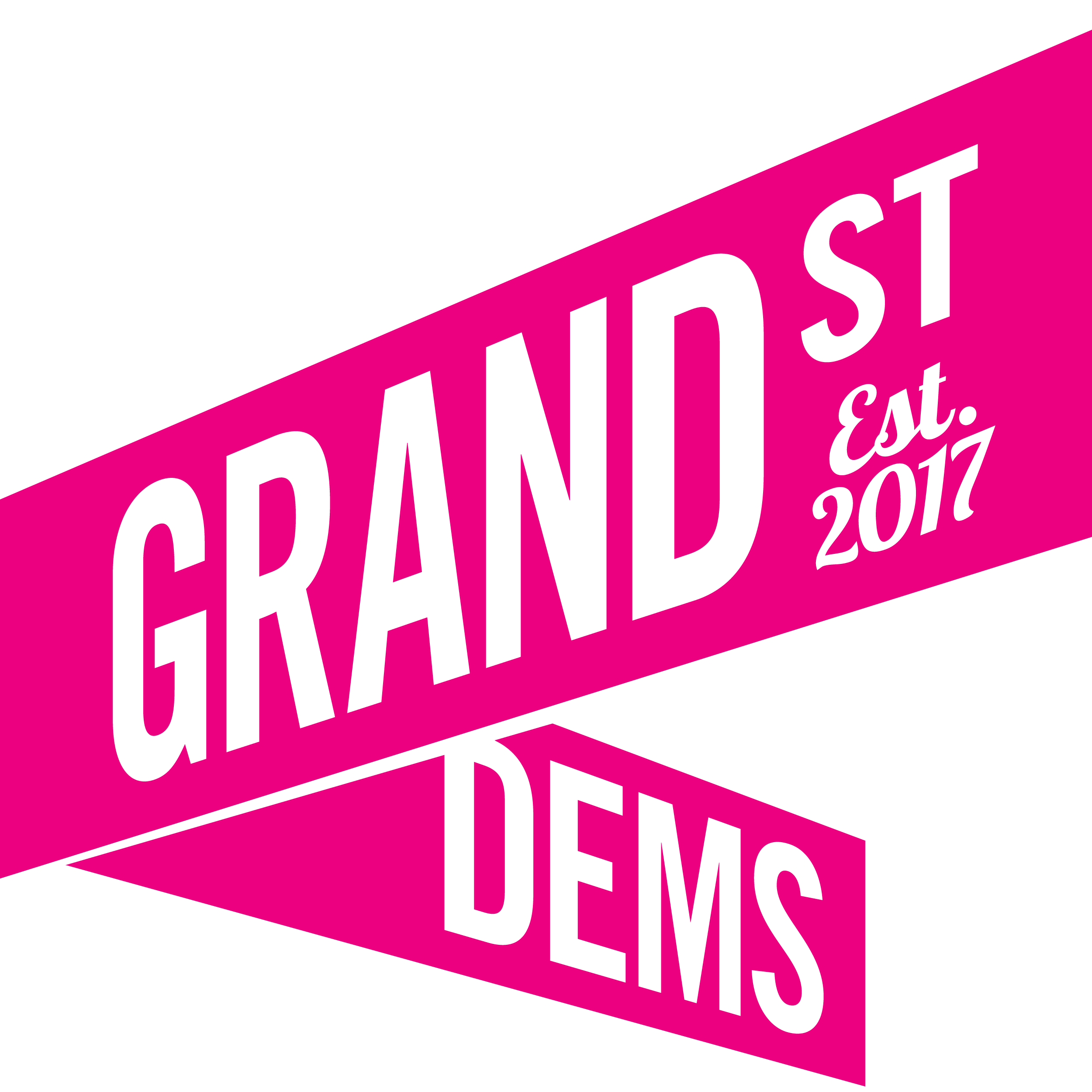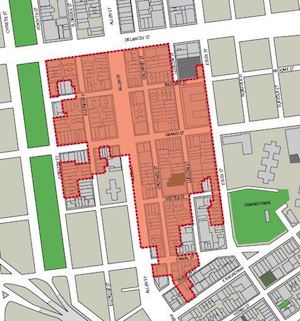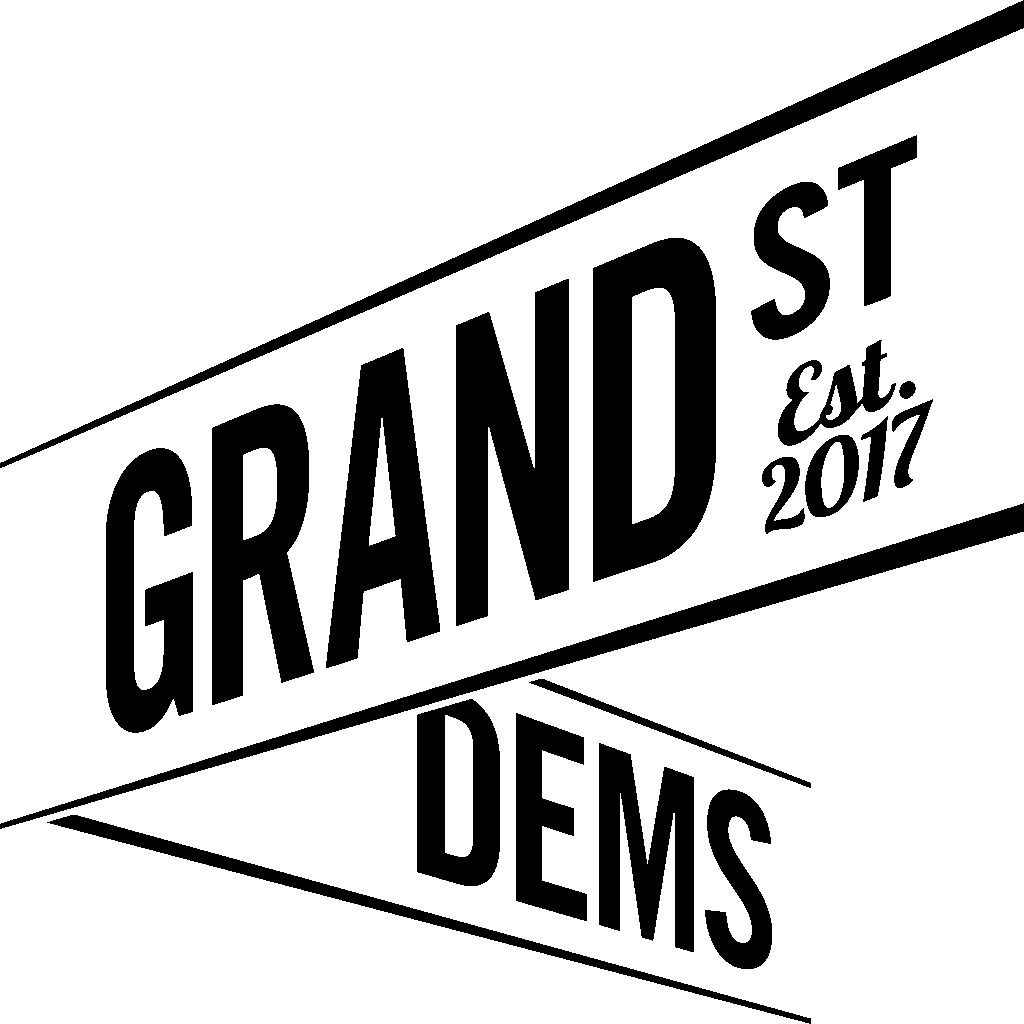District leaders Caroline Laskow, Lee Berman, and Daisy Paez, along with other GSD members, joined a call last month with Luis Sanchez and Sean Quinn of the Department of Transportation to follow up from our Traffic Town Hall in January. There was very little new information on the call. DOT officials said they needed time to gather and analyze data from traffic counters that have been placed in several locations around the neighborhood.
Below is a letter from GSD President Jeremy Sherber to Sanchez and Quinn being sent today. Our goal is to set reasonable deadlines for DOT to deliver data analysis and new plans.
March 5, 2018
Luis Sanchez, Manhattan Borough Commissioner
Sean Quinn, Senior Director, Office of Bicycle and Pedestrian Programs
NYC Department of Transportation
55 Water Street
New York, NY 10041Commissioner Sanchez and Director Quinn,
Many thanks for continuing to speak with community members about the growing traffic problem around Grand and Clinton Streets.
First of all, I’d like to get a follow-up meeting on the calendar for the week of May 21. That should provide enough time to read preliminary data from traffic counters and for us to have a more meaningful discussion of possible solutions and how to present options to the community.
Are you free Tuesday, May 22 or Wednesday, May 23 at 10:00 am or 11:00 am?
Second, I want to make sure to emphasize a point that I keep hearing from neighbors, and that we tried to convey in our call last month. High-rise development in the area right around the Grand/Clinton intersection has only just started: residents and stores have yet to move in to the three buildings already constructed, two more buildings are underway, and three new developments have been announced all within the immediate area we are discussing. The new buildings will be constructed as-of-right, so DOT may never be asked to weigh in on their impact — but that does not mean they won’t have an impact. Any plan we make now to mitigate the traffic in this area must take into consideration the rapid growth these few blocks are experiencing.
The existing traffic problem creates a noise and safety challenge for our residential neighborhood. New development will only add to the amount of legitimate local traffic and to the people being affected by congestion. Next year’s L train shutdown will undoubtedly create even more traffic on these narrow streets. So the solution we are asking for is one that routes Williamsburg Bridge traffic around these blocks, not through them.
We shouldn’t have to wait years until construction has stopped to plan a better traffic pattern. Drivers need to be directed to major arteries like Houston Street, Essex Street, Allen Street, and Delancey Street. The smaller streets in this residential area are not an appropriate approach to the Williamsburg Bridge — and tweaks to signage and traffic light timing are not going to change that.
I look forward to hearing from you,
Jeremy Sherber
President, Grand Street Democrats










